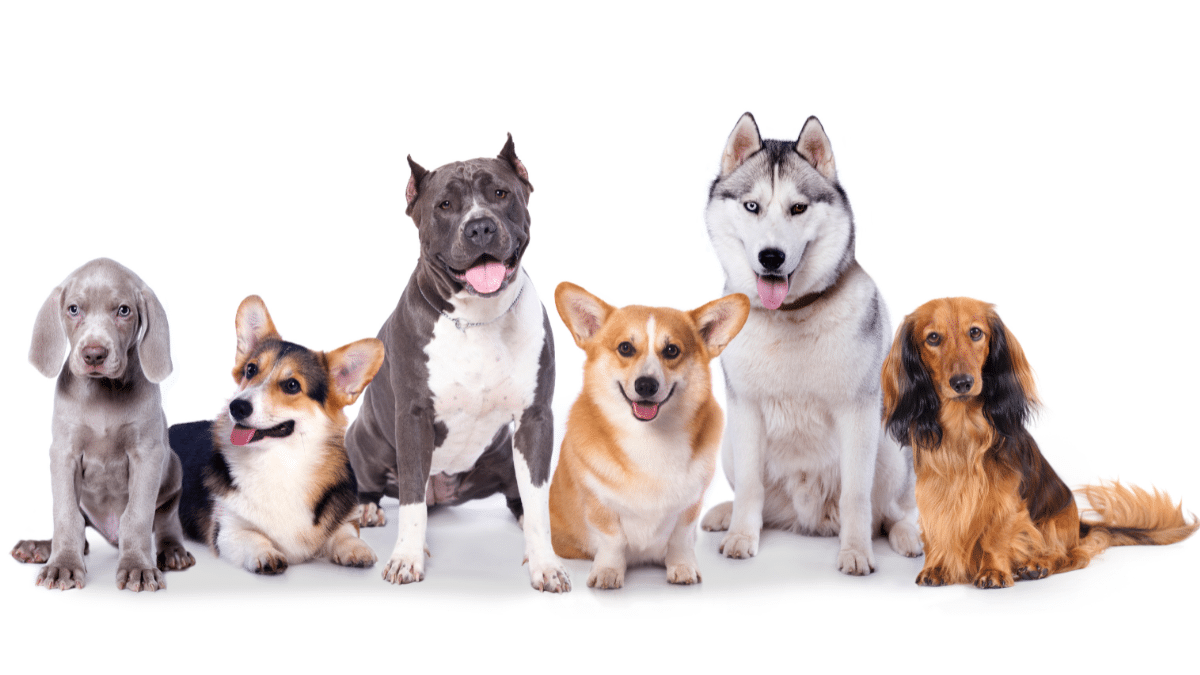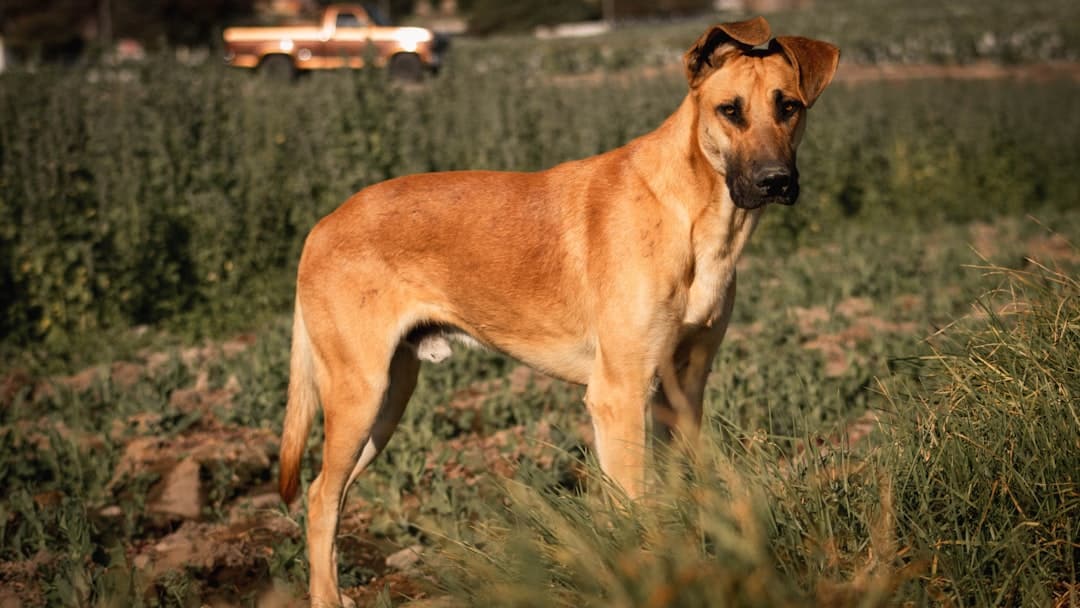Cancer Risk in Dog Breeds: Study Highlights Size Factor
A recent study by UC Riverside discovered that medium-sized dog breeds are more likely to get cancer than smaller or larger dogs. The research published in the Royal Society Open Science aimed to understand the connection between size and cancer risk, based on a model known as the multistage model.
Why Size Matters in Canine Cancer Rates
The multistage model has suggested that the more a creature’s cells divide over its lifespan, the higher the chance of developing mutations that can lead to cancer. While larger animals have more cells, which could imply a higher risk, the model’s prediction only applies within a single species. Despite their larger size, species-to-species comparisons don’t show giants like elephants or whales having more cancer than smaller animals like mice.
The Negative Impact from Inbreeding
This is more of a shock and surprise by how common inbreeding is, than the results and negative impact. When choosing a ‘Purebred’ dog, the chances of this dog being inbred through the same bloodline is really high.
- Purebred Dogs: These are dogs that have a known pedigree and are registered with a breed club or society that maintains a stud book. Purebred dogs are bred to meet specific standards with their appearance, behavior, and other traits..
- Inbreeding: This refers to the breeding of closely related individuals, such as parent to offspring or sibling to sibling. Inbreeding is sometimes used within purebred populations to fix certain desirable traits, but it can also increase the risk of genetic disorders and reduce genetic diversity.
Here’s another shocker: A study in 2015 found that popular breeds such as a Golden Retriever have higher inbred ranges up as high as 25% of the Golden Retriever population!
Dog Sizes and Cancer: A Surprising Correlation
Leonard Nunney, an evolutionary biologist at UC Riverside, focused on dogs due to the vast size differences within the species—from chihuahuas to great Danes. His findings indicated that smaller breeds have a relatively low 10% cancer mortality rate. On the other hand, some larger breeds face a concerning 40% mortality rate. Certain breeds like flat-coated retrievers and Scottish terriers are more prone to cancer than what would be expected for their size.
The Strange Case of Giant Breeds
Another interesting mention from the study is that giant dog breeds tend to have a lower incidence of cancer. This might be linked to their shorter lifespans—every pound of breed size can reduce life expectancy by two weeks. So, despite their large size, giant breeds like great Danes often live shorter lives, and reduces their overall risk of having cancer.
How to Prevent Cancer in Dogs?
There is nothing worst than watching your furry friend go through pain. We all know they try their best to not show it, and all they want in life is for us to be happy. Some of these may be obvious, but hopefully they provide you a reminder to spend the extra care on your dog to keep them healthy and happy.
- Environment Risks– Minimize exposure to carcinogens. Dogs contract skin cancer very easily and because they have limited lung capacity, second hand smoke is more damaging than humans.
- Nutrition and Exercise– Healthy diet, water to stay hydrated, and daily exercise. If you are playing with your dog on your lawn, use natural lawn care instead of chemicals and pesticides.
- Regular Veterinary Checkup– Annual vet visits with blood screenings are essential. These checkups will help you detect cancer much quicker and provide a higher success rate.
- Positivity and Love– This may seem obvious but keeping your dog happy and feeling loved will go a long way.
Original source: UC Riverside



